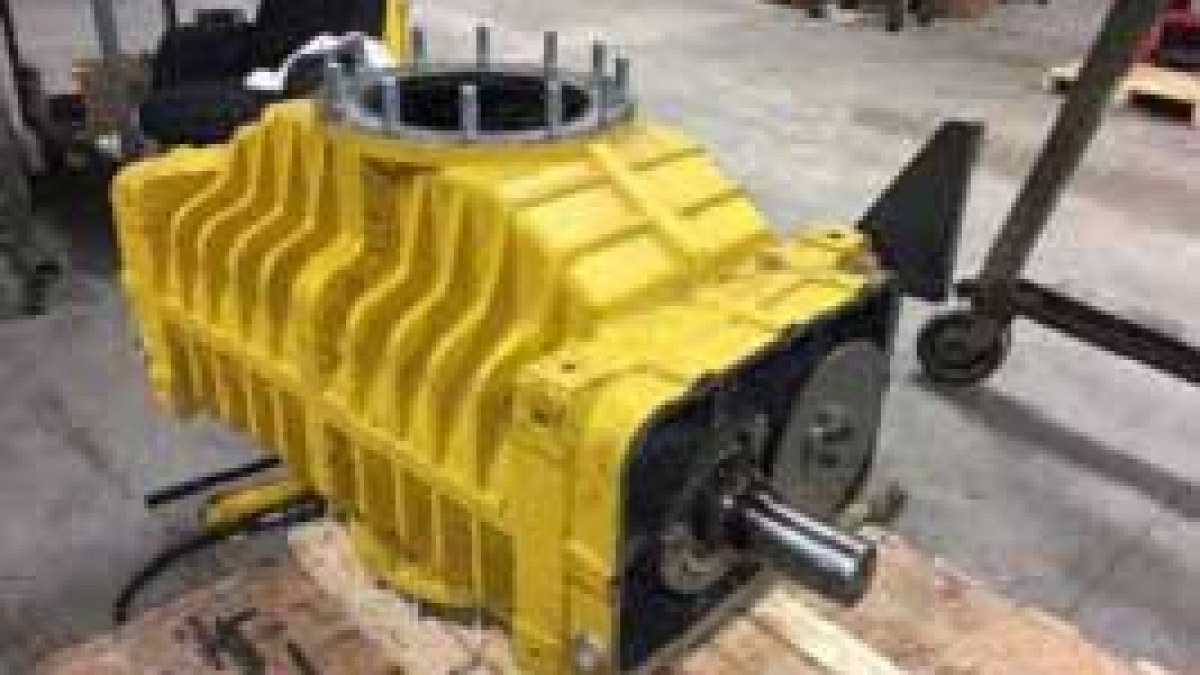Can a vacuum pump run continuously?

Vacuum pumps are an integral part of many industrial facilities and are used in many chemical processing and manufacturing applications. They are the work horses of vacuum processes and can often be in service 24 hours a day/7 days a week. With proper set-up of your system and timely preventative maintenance, your pump can operate effectively for years to come.
You know how important preventative maintenance is, but there are other features like remote monitoring, data logging for tracking and pump down curve creation, and alarm notification that can be easily added to assist you in keeping your processes running without costly interruptions.
5 Key Components of Keeping Your Vacuum Process Going
Can a vacuum pump run continuously?
Frequent oil changes extend the life of your vacuum pump: For example, the Stokes rotary piston pump manual recommends an oil change every 300 running hours, which is less than two weeks if the pump is running 24/7. If you are running a clean process, the oil change could be extended to about 500 hours without harming the pump. But bottom line, if your process is dirty with a high potential for dust or vapors affecting the pump, then the oil can become contaminated quickly and should be changed more frequently. Sometimes in very sensitive operations, the oil must be changed after every run. Proper and timely vacuum pump maintenance can help extend the life of your pump and keep your facility operating smoothly.
Temperature Control: the pump must be well ventilated since too much heat can lead to premature pump failure. For oil-filled pumps, excessive heat makes the oil less viscous making it harder for the pump to pull a good vacuum. In addition, heat makes the rubber parts in your pump more brittle which can lead to failure and leakage.
Beware of Overheated Oil: overheated oil can harden when it cools and lock-up a pump. The most common cause is a gross vacuum leak. Some pumps can fail when run at continuously high pressures (Typically > 10 Torr). A gross vacuum leak can cause pressure fluctuations that overheat the oil. Keeping a vacuum gauge on your system that continuously monitors and can alert you to these fluctuations could be a great asset in maintaining the health of your vacuum pump.
Intake Control: Be careful that only filtered gases enter the pump. Unavoidable vapor contamination requires more frequent oil changes. Vapor, especially water, entering the pump will oxidize the pump’s internal parts leading to premature pump failure.
Monitoring: Monitoring your vacuum process is just one of the many things that take up your day, and as such it’s hard to keep a watch on it all the time. Vacuum Gauge, is the free smart phone app from DigiVac (available for both Andoid and Apple devices), available for use with the Bullseye Precision Gauge® with Bluetooth, and it offers you the ability to monitor your vacuum system process remotely and will alarm you if the vacuum pressure deviates from the set-point.
3 Key Features of Vacuum Gauge App:
Remote monitoring and viewing of current vacuum pressures
Data logging and sharing from anywhere (supports easy creation of pumpdown curves, an important step in vacuum pump monitoring)
Alarm notification when reading fall outside acceptable range
The app combined with the Bluetooth vacuum gauge allows users to Monitor, Save, and Share vacuum pressure reading remotely. Pressure measurement tracking from your smartphone–you can set high and low alarms for pressure readings that fall outside the acceptable parameters for your vacuum process. These features allow you to respond quickly to issues like leaks in your vacuum system. Click here to read more about it.
[/av_textblock]
Leave a Comment